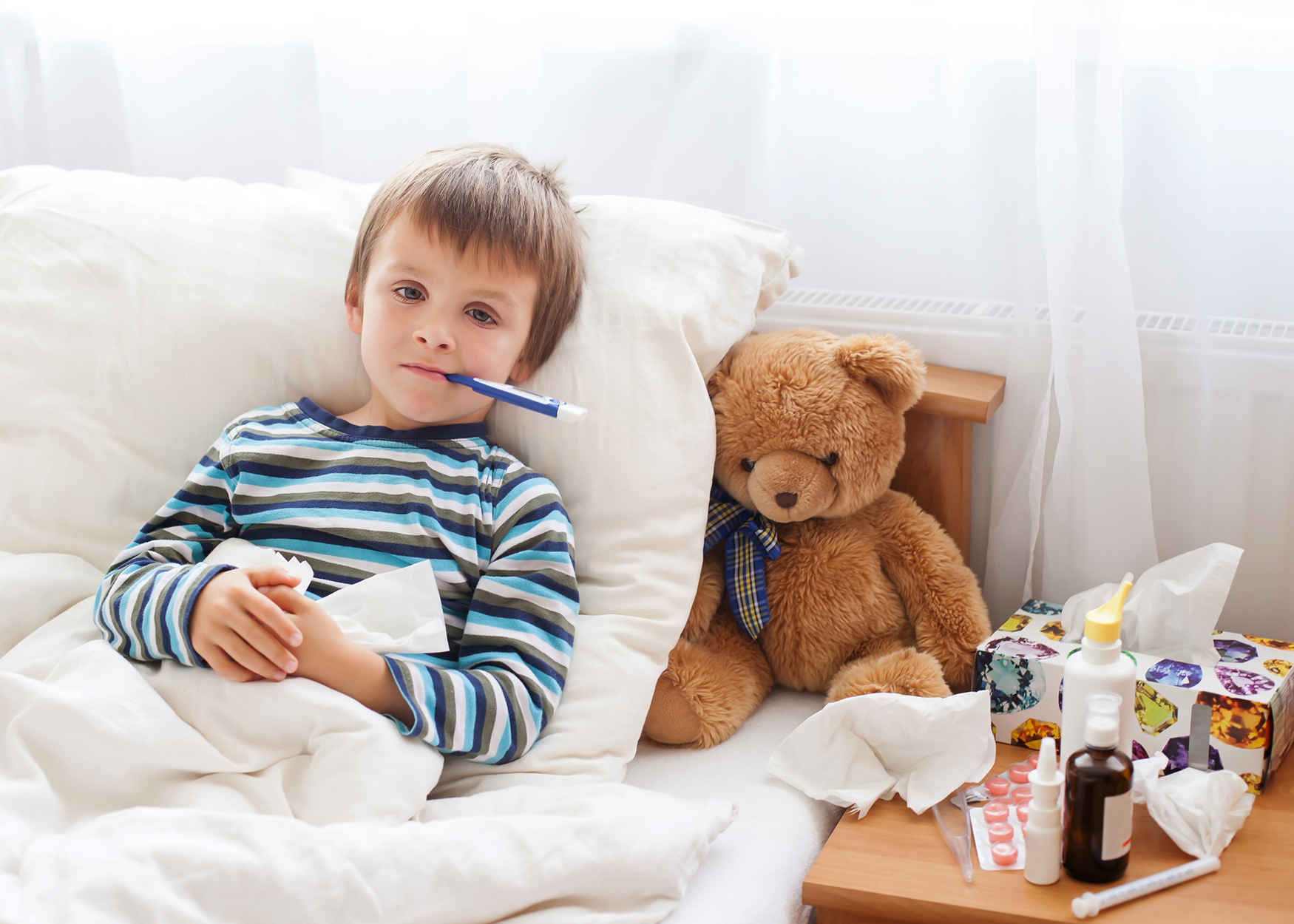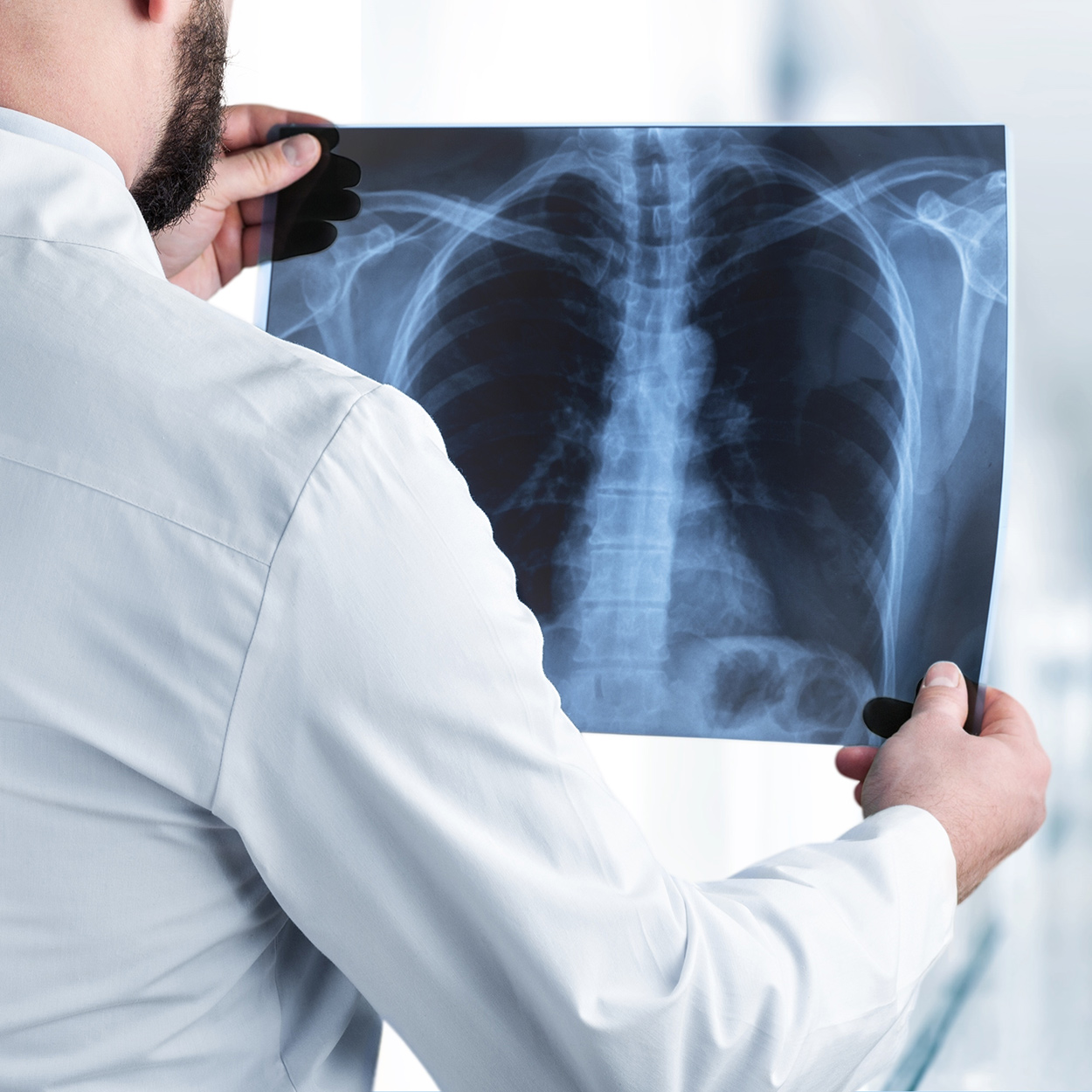
COVID-19 in Children
While children have fewer and mild symptoms and bounce back quicker, it can be psychologically challenging for the child and the entire family to deal with COVID-19. This makes it very important to catch symptoms early on and administer proper home care to keep children safe.







